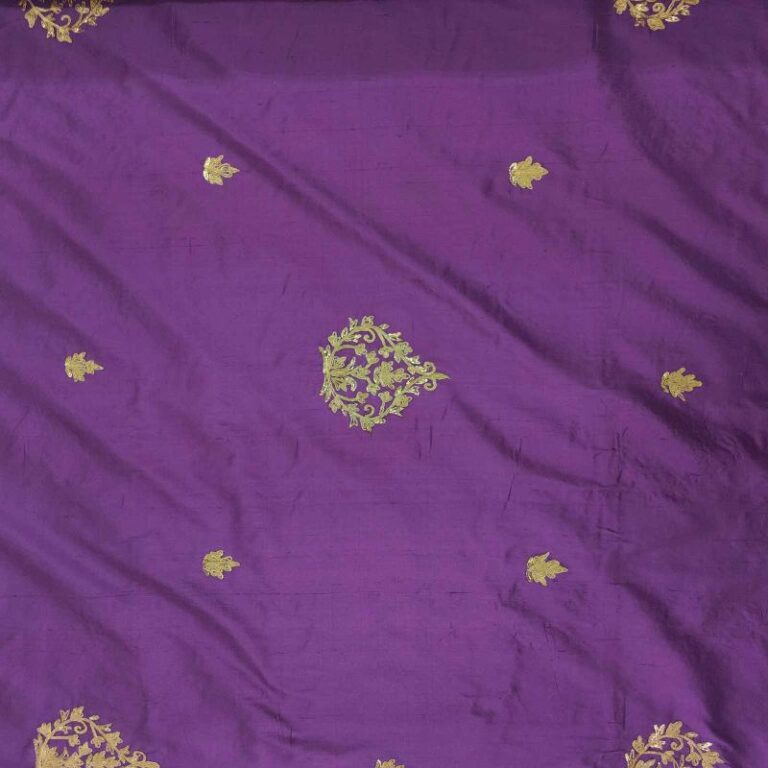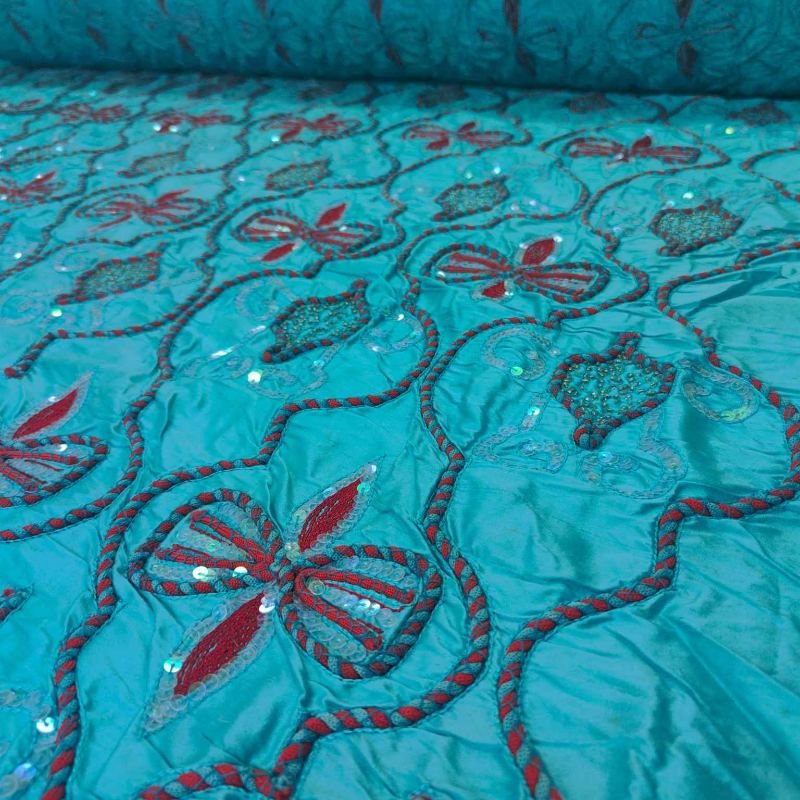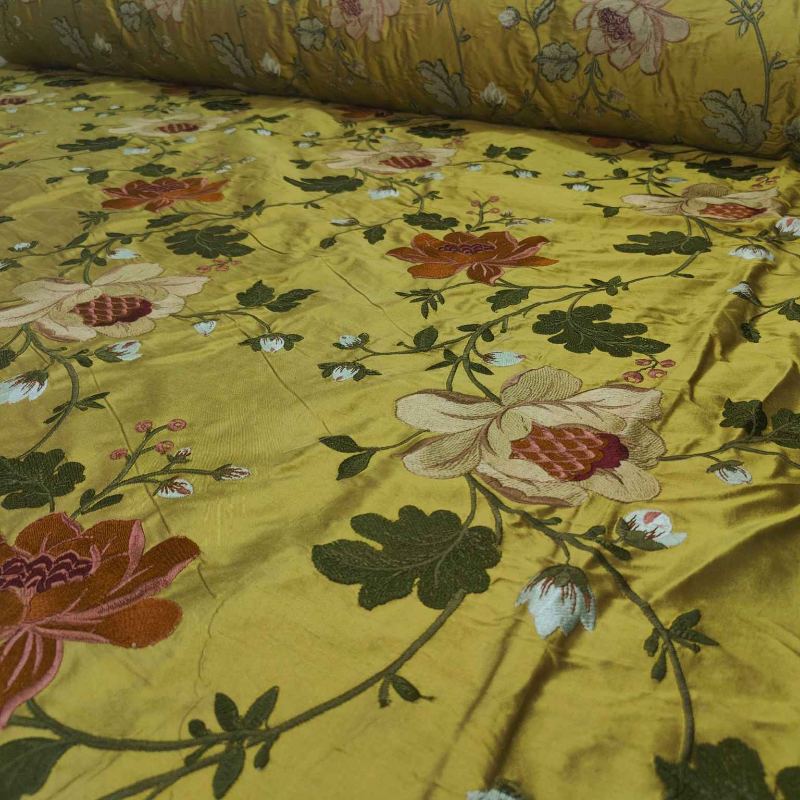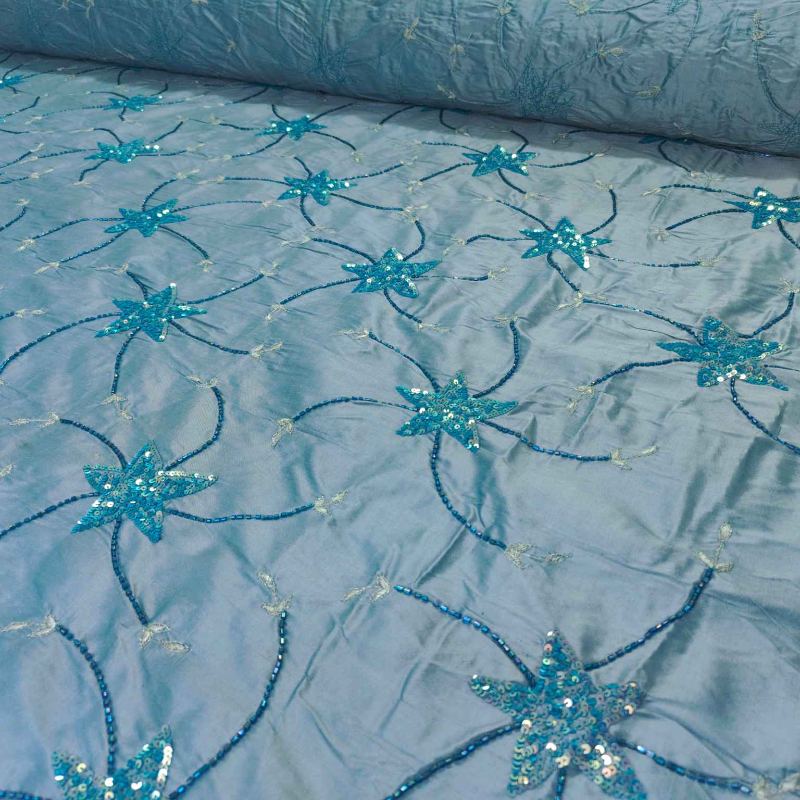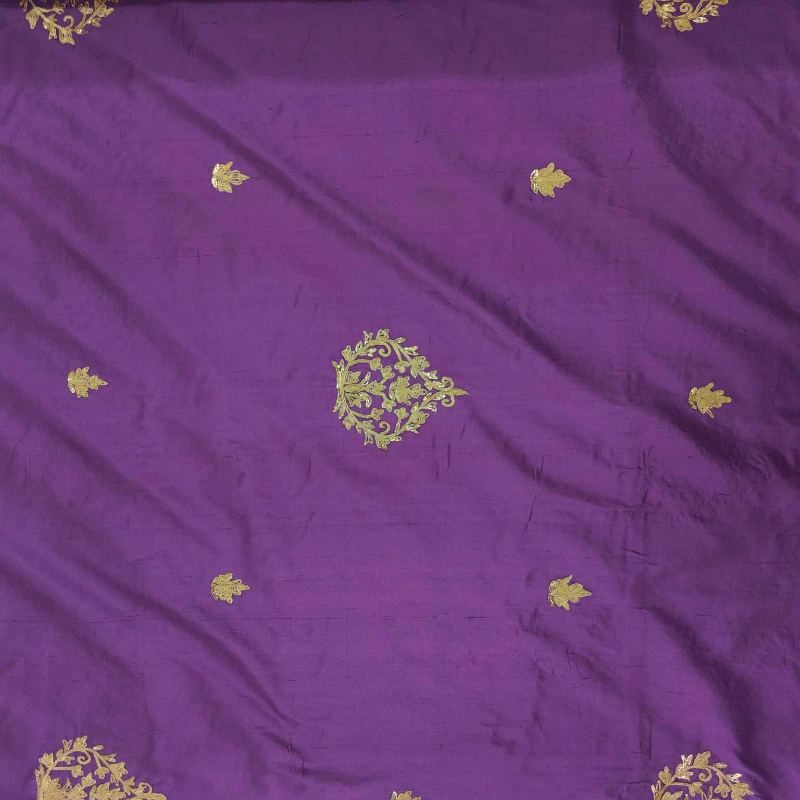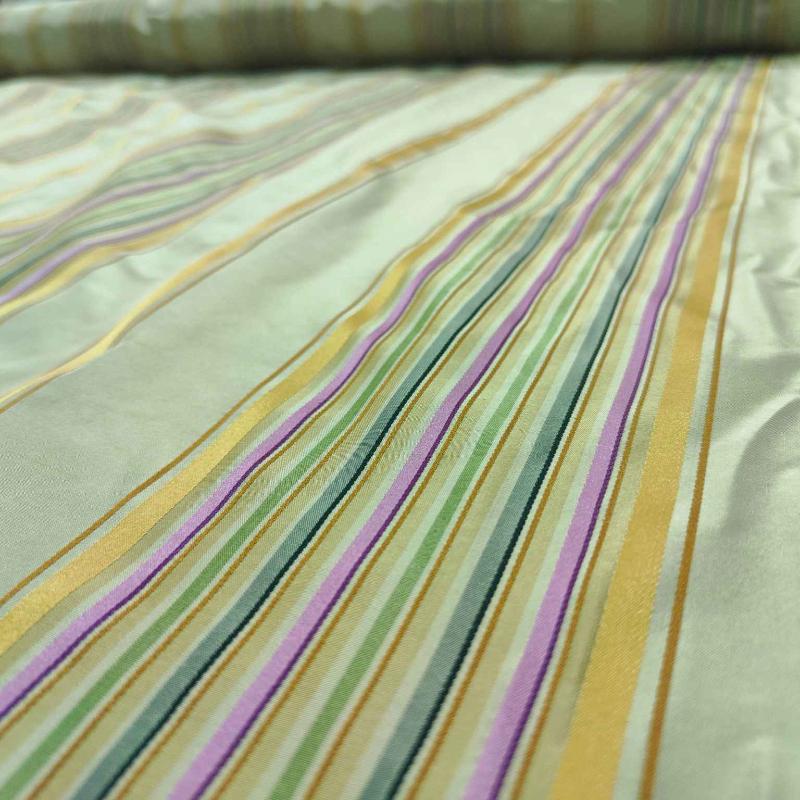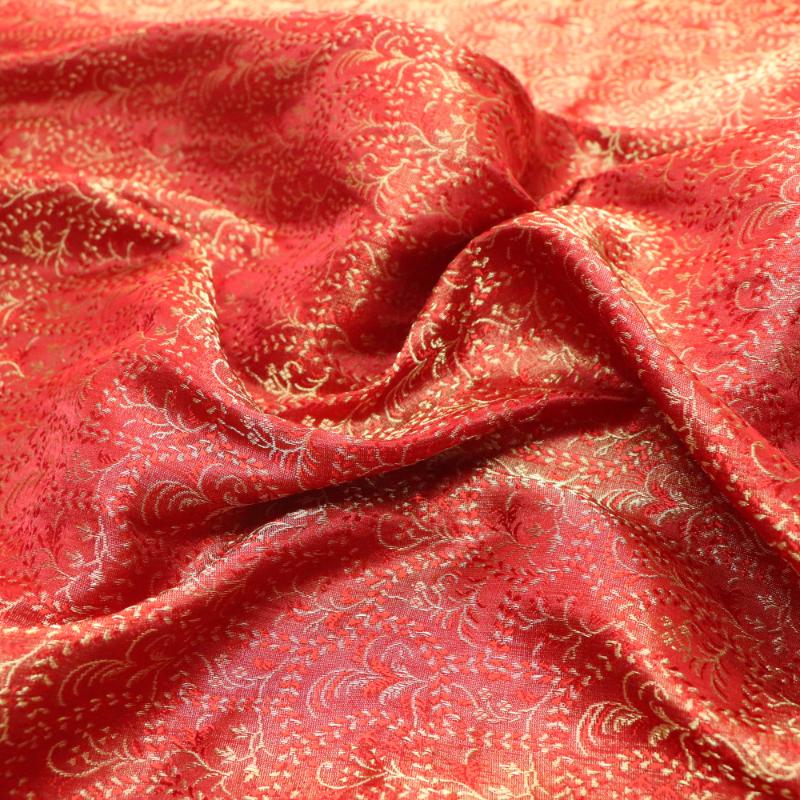Embroidery, the art of stitching decorative designs onto fabric, has captivated hearts and imaginations for centuries. Its versatility allows it to transform simple cloth into vibrant works of art, adding a touch of personalization and beauty to clothing, household items, and even art pieces. But what lies beneath the intricate stitches and vibrant hues? Let’s delve into the fascinating world of embroidery fabric, the essential foundation upon which these artistic creations come to life.
A Symphony of Textures:
Embroidery fabric comes in a vast array of textures and weights, each offering unique possibilities for creative expression. From the delicate, ethereal drape of silk to the sturdy, structured feel of linen, each fabric presents a different canvas for the embroiderer’s vision. Fine, smooth fabrics like cotton voile and silk organza are ideal for intricate designs with fine details, while heavier fabrics like denim and burlap lend themselves to bold, rustic designs.
A Spectrum of Colors:
The color of the embroidery fabric plays a crucial role in the overall aesthetic of the finished piece. Natural fabrics like linen and cotton offer a warm, organic feel, while synthetic fabrics like satin and polyester provide a wider range of vibrant and saturated colors. Embroiderers can choose to match the fabric to the embroidery thread for a seamless blend, or create a striking contrast for a dynamic visual impact.
The Weave of Possibilities:
The weave of the fabric also plays a significant role in the embroidery process. Tightly woven fabrics like oxford and poplin provide a stable surface for intricate embroidery,
while loosely woven fabrics like gauze and chiffon require delicate stitching techniques. Understanding the weave of the fabric helps the embroiderer choose the appropriate needle size and thread weight to achieve optimal results.
Beyond the Basics:
The world of embroidery fabric extends beyond the traditional options. Innovative materials like water-soluble fabrics and heat-transfer fabrics open up new possibilities for creative expression. Water-soluble fabrics allow for intricate designs to be embroidered directly onto the stabilizer, while heat-transfer fabrics allow for embroidery to be applied to virtually any surface, from wood and leather to glass and ceramics.
A Match Made in Heaven:
Choosing the right embroidery fabric is crucial for achieving the desired results. The weight, texture, color, and weave of the fabric should all be considered in relation to the embroidery design, thread choice, and intended use of the finished piece. By carefully selecting the perfect fabric, embroiderers can create works of art that are both beautiful and enduring.
From Ancient Craft to Modern Masterpiece:
From the ancient Egyptians using linen and silk to contemporary artists experimenting with innovative materials, the choice of embroidery fabric has always been integral to this captivating art form.
By understanding the various fabrics and their unique properties, embroiderers can unlock endless creative possibilities and continue to push the boundaries of this timeless tradition. So, the next time you encounter a piece of exquisite embroidery, take a moment to appreciate the artistry that lies not only in the stitches but also in the fabric that serves as its canvas.
For all your fabric needs visit Digvijay Export

